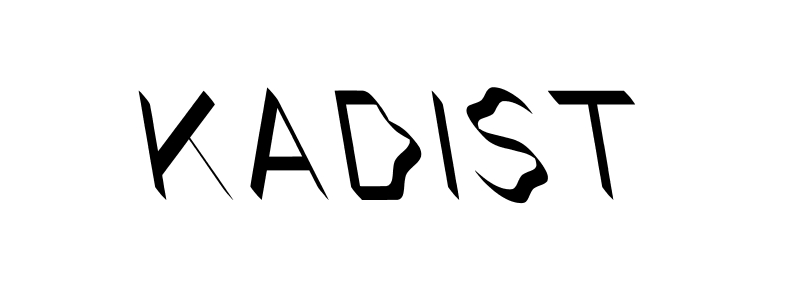DROPSPIKE
2021 - Film & Video (Film & Video)
8:00 minutes
Leticia Ramos
Leticia Ramos’s film DROPSPIKE is the second of a five-part film project entitled STORIES OF THE END OF THE WORLD . Each film in the series takes place in a different part of the world where climate change modifies the landscape. The short 16mm film was mostly shot during Ramos’s residency at La Bacque in Switzerland. The science fiction movie is set in 2044 when large glowing spheres inexplicably appear in different landscapes of the globe, one of them on the gelid coast of Pyramiden, a former Russian mining town on the Norwegian archipelago of Svalbard, in the High Arctic, and totally abandoned in 1998. Ramos visited the uncanny location in 2012, and it is not until Drop Spike that some of the images she captured there have found their place in her practice. In DROPSPIKE , as the shining orb breaks the monotony of the scenery, a robotic voice announces that the sphere is a sign that the ice has melted. Announcing the end of time, the voice claims: “If you see a large sphere, you are in danger”. A peculiar characteristic of the apocalyptic sphere is that it can only be perceived in person, by the naked eye, it cannot be documented through photography, film, or mapping technology. The film’s grainy texture and montage aesthetic creates a sense of dilated time. Celluloid film and emulsion are the artist’s primary materials, which allow her to manipulate the perception of time in the film. Its open-ended narrative generates an unsettling feeling that is difficult to classify, something between the melancholic realization of humanity’s imminent end and the renewal of a link with an occult being that cannot be rationalized.
Trained as a filmmaker, Leticia Ramos has cultivated a specific interest in the procedures and evolution of photography and film techniques since the beginning of her career in the early 2000s. Her research-based projects explore the material, historical and conceptual aspects of image-making and how it shapes and interferes with our perception of reality. Like an empiricist scientist, for each project, Ramos develops all kinds of contraptions and image capturing machines that assist her in generating imagery and building narratives that go beyond what an existing camera or a given cinematographic lexicon can achieve. From experimental film emulsions to homemade pinhole cameras to microfilming and x-rays machines, Ramos’s prototypical devices and made-up methods are often the bridge between ancient and invented stories, scientific experiments, natural and sociopolitical events. More recently, she has devoted her research to environment and climate disasters, always drawing on speculative fabulation, mysticism, and science-fiction as points of both departure and arrival.
Colors:
Related works sharing similar palette
» see more

© » HYPERALLERGIC
Citing Silencing of Arab Voices, Artists Cut Ties With Art Canada Institute Skip to content Rana Nazzal Hamadeh, "Untitled" (2020), color digital photograph, inkjet on vinyl, 60 inches x 120 inches (image courtesy of the artist) A number of artists and curators have said they are cutting ties with Art Canada Institute (ACI) after the arts nonprofit was accused late last month of attempting to suppress the voices of a group of Arab and Muslim artists...
Related works found in the same semantic group
» see more

© » KADIST
David Haxton
197016 films is a selection of David Haxton’s single-screen videos, which he began producing in the 1970s as a continuation of some of the conceptual underpinnings of his earlier film installations...

© » KADIST
Caetano de Almeida
2013Caetano de Almeida’s abstract compositions in acrylic use delicately-rendered swirls of overlapping, colorful lines...





